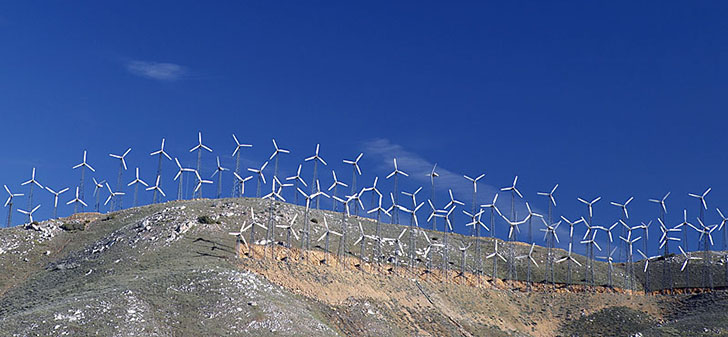
Announced December 10, 2008, Stanford University civil and environmental engineering professor Mark Z. Jacobson has conducted the first quantitative, scientific evaluation of the proposed, major, energy-related solutions by assessing not only their potential for delivering energy for electricity and vehicles, but also their impacts on global warming, human health, energy security, water supply, space requirements, wildlife, water pollution, reliability and sustainability. His findings indicate that the options that are getting the most attention are between 25 to 1,000 times more polluting than the best available options. "The energy alternatives that are good are not the ones that people have been talking about the most. And some options that have been proposed are just downright awful," Jacobson said. "Ethanol-based biofuels will actually cause more harm to human health, wildlife, water supply and land use than current fossil fuels." He added that ethanol may also emit more global-warming pollutants than fossil fuels, according to the latest scientific studies. The raw energy sources that Jacobson found to be the most promising are, in order, wind, concentrated solar (the use of mirrors to heat a fluid), geothermal, tidal, solar photovoltaics (rooftop solar panels), wave and hydroelectric. He recommends against nuclear, coal with carbon capture and sequestration, corn ethanol and cellulosic ethanol, which is made of prairie grass. In fact, he found cellulosic ethanol was worse than corn ethanol because it results in more air pollution, requires more land to produce and causes more damage to wildlife.
Wind was by far the most promising, Jacobson said, owing to a better-than 99 percent reduction in carbon and air pollution emissions. Jacobson said that while some people are under the impression that wind and wave power are too variable to provide steady amounts of electricity, his research group has already shown in previous research that by properly coordinating the energy output from wind farms in different locations, the potential problem with variability can be overcome and a steady supply of baseline power delivered to users. Energy and vehicle options, from best to worst, according to Jacobson's calculations: Best to worst electric power sources: 1. Wind power 2. concentrated solar power (CSP) 3. geothermal power 4. tidal power 5. solar photovoltaics (PV) 6. wave power 7. hydroelectric power 8. a tie between nuclear power and coal with carbon capture and sequestration (CCS). Best to worst vehicle options: 1. Wind-BEVs (battery electric vehicles) 2. wind-HFCVs (hydrogen fuel cell vehicles) 3.CSP-BEVs 4. geothermal-BEVs 5. tidal-BEVs 6. solar PV-BEVs 7. Wave-BEVs 8.hydroelectric-BEVs 9. a tie between nuclear-BEVs and coal-CCS-BEVs 11. corn-E85 12.cellulosic-E85.